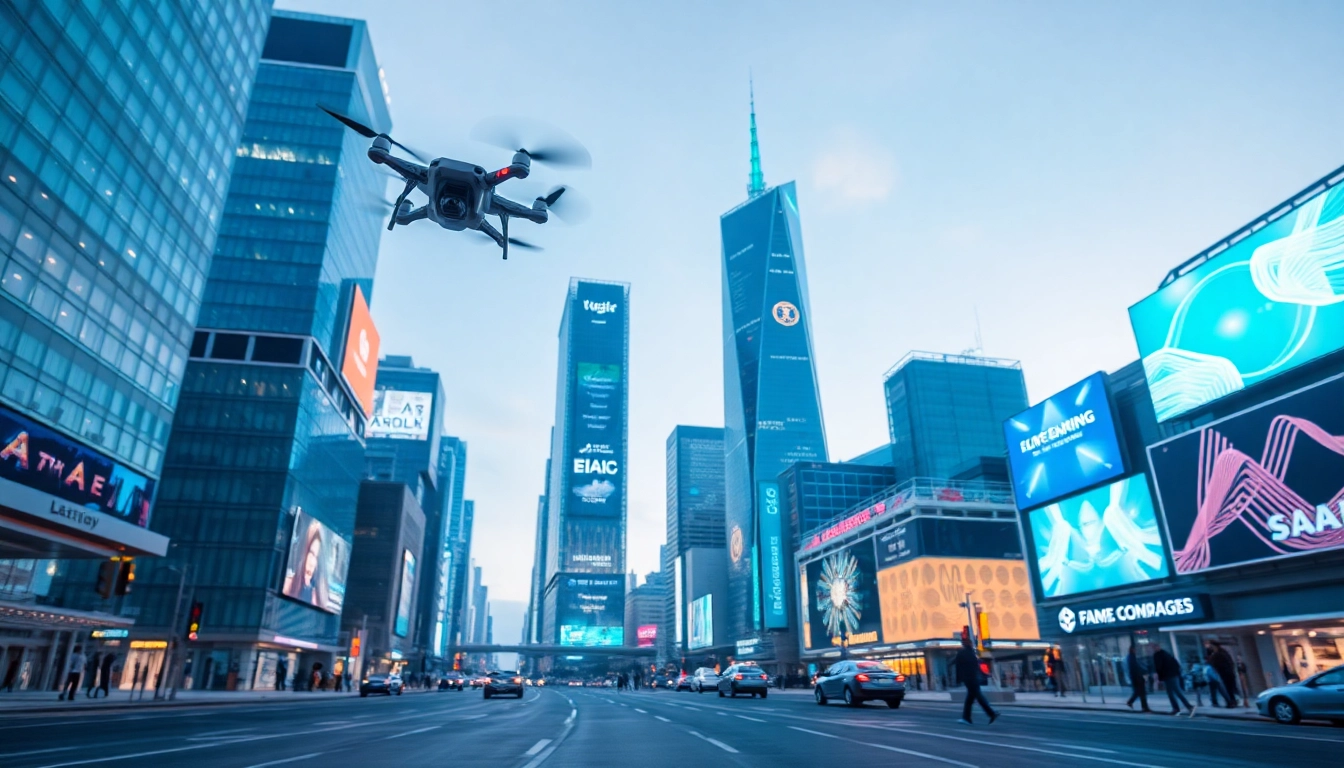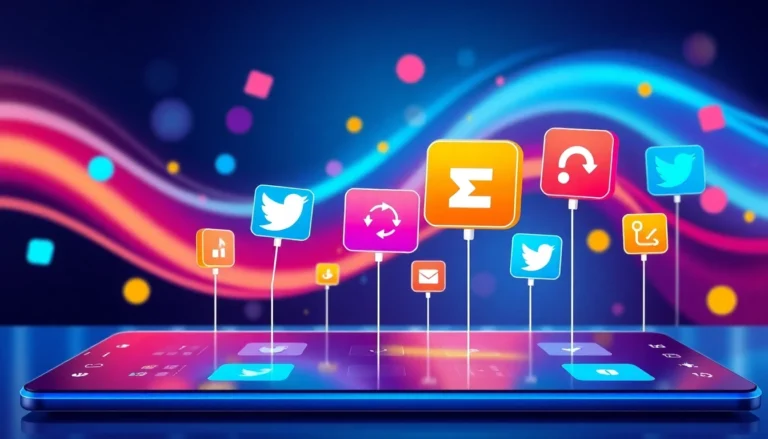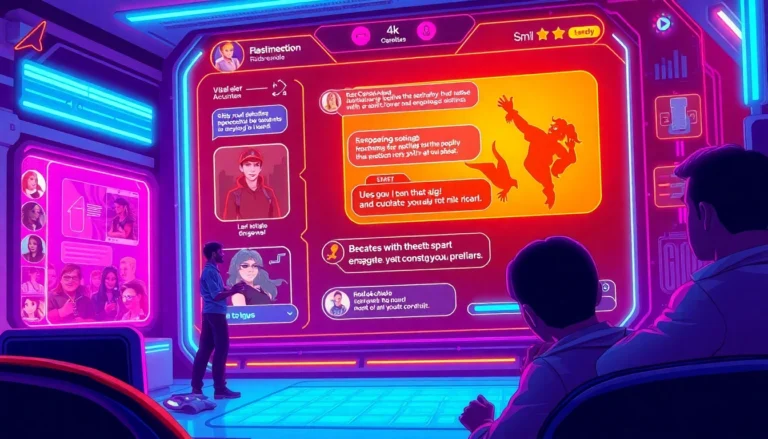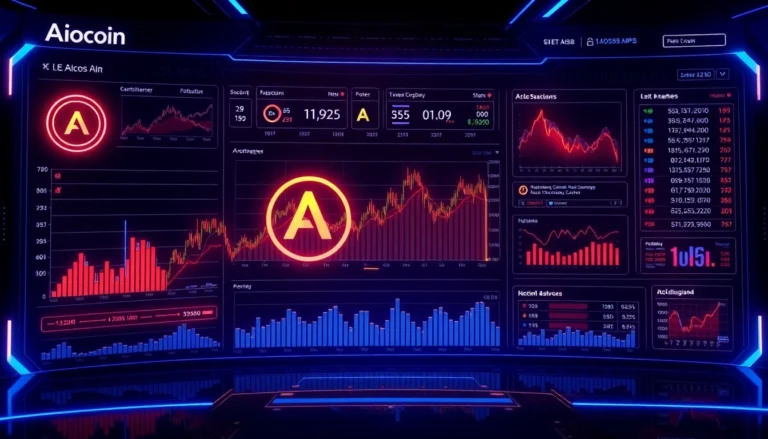1. Understanding Technology: Definitions and Concepts
What is Technology?
Technology broadly defines the application of scientific knowledge and concepts to solve problems and enhance human life. It merges various disciplines, including engineering, computer science, and humanities, to innovate and streamline processes, develop tools, and create systems that aid in achieving efficiency in our daily lives. As stated in the definition from technology, it adheres to practical goals, especially in a reproducible manner, influencing how we interact with the world.
Types of Technology and Their Applications
Technology can be categorized into numerous types, each serving specific functions and addressing various needs. Here are some key categories:
- Information Technology (IT): Encompasses the use of computers and software to manage information. IT is crucial in businesses for streamlining operations, enhancing communication, and storing data securely.
- Communication Technology: Involves tools and platforms that facilitate interaction. Examples include smartphones, the internet, social media, and video conferencing tools, allowing instantaneous connection across geographies.
- Transportation Technology: Contributes to the movement of people and goods. Innovations like electric vehicles, drones, and autonomous transport reflect ongoing advancements in this sector.
- Biotechnology: Encompasses the application of biological systems and organisms in technological applications, particularly in healthcare and agriculture, impacting everything from genetic engineering to pharmaceutical developments.
The Role of Technology in Everyday Life
Technology has pervaded every facet of our everyday life, influencing routines, work environments, and leisure activities. Smart home technologies automate daily tasks, improving convenience and energy efficiency. In education, digital tools facilitate remote learning through online courses and interactive platforms.
Moreover, health monitoring devices empower individuals to take charge of their health, enabling real-time data collection and personalized care strategies. As technology evolves, so do the expectations of users to have more intuitive, seamless experiences in their daily engagements.
2. The Evolution of Technology: A Historical Perspective
Key Milestones in Technological Development
The history of technology reveals a remarkable journey starting from simple tools used by early humans to the complex systems we rely on today. Notable milestones include:
- The Wheel (circa 3500 BC): Revolutionized transportation and work efficiency, setting the foundation for future innovations.
- Printing Press (1440): Introduced by Johann Gutenberg, it transformed the dissemination of information, leading to widespread literacy and education.
- The Steam Engine (1712): Ignited the Industrial Revolution, enhancing manufacturing and transportation, and ultimately shaping modern cities.
- The Internet (1960s): Created a digital ecosystem that interconnected the globe, facilitating information exchange and e-commerce.
From the Industrial Revolution to Digital Age
The Industrial Revolution marked a significant shift from agrarian societies to industrialized nations, greatly altering the means of production and labor patterns. Subsequent technological advancements led to the emergence of the Information Age, characterized by rapid digitalization and the rise of the internet.
This shift has rendered distance and barriers nearly obsolete, fostering global collaborations and instantaneous access to information. Today, we Dwell in a digital landscape flooded with data, where connected devices communicate in real time, prompting the evolution towards the Internet of Things (IoT).
Lessons Learned from Historical Technological Advances
The exploration of past technological developments reveals critical lessons about innovation, resilience, and the need for ethical considerations. For instance, while automation boosts productivity, history teaches us caution regarding job displacement and social implications. The introduction of regulations and ethical frameworks in technology deployment is essential to ensure balance, uphold rights, and promote equity in access.
3. The Effects of Technology on Society and Culture
How Technology Shapes Social Interactions
Technology has markedly reshaped social interactions. Social media platforms enable connections that transcend geographical boundaries, facilitating a global conversation. However, the rise of virtual connections raises questions about the depth and authenticity of relationships.
While technology fosters new friendships and networks, it can also lead to feelings of isolation or anxiety, as individuals navigate the complexities of online presence and identity. The nuances of communication have shifted, with language evolving to accommodate emojis, gifs, and rapid exchanges, showcasing a blend of cultural contexts.
Impact of Technology on Education
Education has been transformed by technology, rendering learning more accessible and engaging. E-learning platforms, such as Coursera and Khan Academy, democratize education by allowing learners from various backgrounds to access high-quality content. Technology promotes personalized learning experiences, catering to diverse learning styles through interactive materials, simulations, and gamification.
Nevertheless, challenges persist, including the digital divide, where unequal access to technology creates discrepancies in learning outcomes. Educational institutions must adapt curriculums to integrate technology meaningfully while ensuring that supportive infrastructure is in place.
Cultural Shifts Driven by Technological Innovation
Technological innovations have fostered cultural shifts, influencing lifestyle choices, entertainment consumption, and social norms. Streaming services have transformed the way individuals consume media, resulting in a rise in binge-watching culture and altering traditional broadcasting models.
Cultures can rapidly evolve through technology, leading to the globalization of trends, fashion, and ideologies. As cultural exchange intensifies, it is crucial to recognize the potential for homogenization and prioritize the celebration of cultural diversity in a technology-centric world.
4. Future Trends in Technology: What Lies Ahead?
Emerging Technologies to Watch
As technology continues to advance, several key trends are emerging catch the attention of industry leaders and consumers alike:
- Artificial Intelligence (AI): From machine learning to natural language processing, AI is set to revolutionize industries by enhancing problem-solving capabilities and automating tasks. Applications range from personalized marketing to predictive healthcare.
- Augmented and Virtual Reality (AR/VR): These technologies offer immersive experiences, from gaming to remote training. With applications in real estate, healthcare, and education, AR/VR stands to redefine user engagement and learning experiences.
- Blockchain Technology: Beyond cryptocurrencies, blockchain is poised to impact data security and transparency across sectors, enhancing trust in transactions and identities.
- Renewable Energy Technologies: Advancements in energy storage, smart grids, and solar technologies signify a move towards sustainable practices, making clean energy more accessible and supporting global efforts to combat climate change.
The Role of Artificial Intelligence in Future Developments
AI’s transformative potential is projected to extend further into our daily lives. As artificial intelligence systems become more sophisticated, they will likely play a pivotal role in sectors such as healthcare, where predictive analytics can enhance diagnosis and treatment planning.
Moreover, AI technologies may streamline processes in industries ranging from finance to agriculture, creating efficiency and growing productivity. However, the ethical implications and need for accountability in AI must remain paramount as these systems evolve.
Predictions for the Next Decade in Technology
As we look ahead, predictions indicate a future increasingly intertwined with advanced technology. The next decade will likely witness:
- Increased integration of AI in everyday tasks, augmenting human capabilities while prompting a reevaluation of the workforce and job roles.
- More widespread adoption of smart devices, resulting in fully connected homes and cities, enhancing convenience, safety, and energy efficiency.
- Significant advancements in biotechnology, particularly in personalized medicine and genetic engineering, leading to breakthroughs in treatment and prevention strategies.
- Ethical considerations gaining importance, as society grapples with issues of data privacy, surveillance, and the societal impacts of technology.
5. Challenges and Considerations in Technology Adoption
Ethical Implications of Technology Use
As technology permeates all aspects of life, ethical implications come to the forefront. Issues surrounding privacy, data ownership, and surveillance underline a need for frameworks that promote responsible use of technology. Companies must prioritize transparency and user consent while devising practices that uphold ethical standards.
Developers and technologists bear a responsibility to create systems that are inclusive and equitable, ensuring that technological benefits are accessible to all demographics, avoiding discrimination and bias.
Addressing the Digital Divide
Despite the advancements brought by technology, the digital divide persists—a disparity in access to technology and the internet, particularly between urban and rural populations and among various socio-economic groups. To bridge this gap, efforts must focus on enhancing infrastructure, providing affordable internet access, and empowering communities with digital literacy training.
Initiatives that promote equal access to technology create opportunities for all and foster social mobility, encouraging innovation across diverse sectors.
Balancing Innovation with Privacy Concerns
As innovation accelerates, so do concerns surrounding individual privacy. The proliferation of data collection practices raises alarms about how personal information is used and stored. It is crucial to develop data protection governance that respects user privacy and establishes clear guidelines for data usage.
Organizations must adopt best practices for data security, including encryption, regular audits, and compliance with regulations, to cultivate consumer trust and mitigate risks associated with data breaches and misuse.
In conclusion, technology continues to shape our world profoundly, driving significant transformations across multiple sectors. Understanding its intricate dynamics is essential for harnessing its benefits while addressing the challenges and responsibilities that arise. As we advance into a technology-driven future, our ability to navigate these complexities will determine not just the trajectory of innovation but also the social fabric of our societies.








